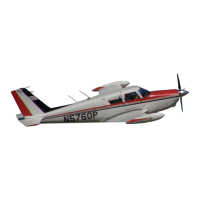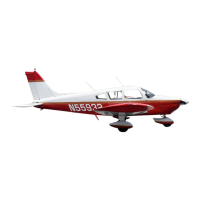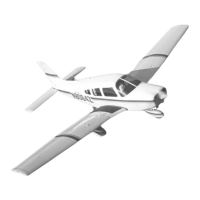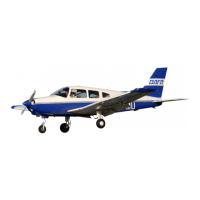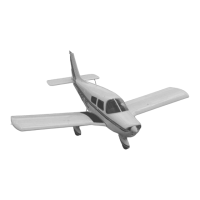A~rcrnn Publications
P~pcr
Cornanchc
250
(E~rly
Modcl)
Section
-
6
Weight
and
Balance
WEIGHT
AND
BALANCE
PA-24-250
*
2800
LBS GROSS WEIGHT
INTRODUCTION
This section describes the procedure for calculating the loaded weight and center of gravity of the
Comanche for various flight operations. In addition, procedures are provided for re-calculating
the basic empty weight and center of gravity when removal andior addition of equipment results in
changes to these values.
In order to achieve the performance and flying characteristics which are designed into the aircraft,
it must be flown with the weight and center of gravity position within the approved operating
envelope. Although the airplane offers flexibility of loading, it cannot be flown with the maximum
number of adult passengers,
full
fuel tanks and maximum baggage. With this flexibility comes
responsibility. The pilot must insure that the airplane is within the loading envelope before takeoff.
Misloading carries consequences for any aircraft.
An
overloaded airplane will not perform as well,
or as safely, as a properly loaded one. The heavier the airplane is loaded within the approved limit,
the less climb performance it will have, and the higher the stall speed will be.
Center of gravity is also
a
determining factor in any airplane's flight characteristics. Ifthe C.G. is
too far forward, it may be difficult to rotate for takeoff or flare for landing. Loading the airplane
so that the center of gravity is toward, but within, the aft C.G. limit will result
in
less drag, a faster
airplane and increased range. However, if the C.G. is too far
aft,
the airplane may rotate
prematurely on takeoff or tend to pitch-up during climb. Longitudinal stability will be reduced,
which can lead to inadvertent stalls and even spins. Spin recovery becomes more difficult, and
even impossible, as the center of gravity moves aft of the approved C.G. limit.
A
properly loaded aircraft, by comparison, will perform as intended by its design. Before the
airplane is delivered, it is weighed, and a basic empty weight and C.G. location are computed.
Using this information, the pilot can easily determine the gross weight and
C.G.
location for the
loaded airplane. This is accomplished by computing the total weight and moment following the
example supplied in this section, and then determining whether they are within the approved
envelope.
The basic empty weight and center of gravity location are recorded in the actual weight and
balance record supplied with the airplane when new. Whenever equipment is installed andlor
removed, or major modifications are made to the aircraft, the mechanic responsible for the work is
required to compute the new basic empty weight and C.G. location, and record these in the aircraft
logbook. The owner of the aircraft should make sure that this is done.
Copyright:
1993
Page
6-2

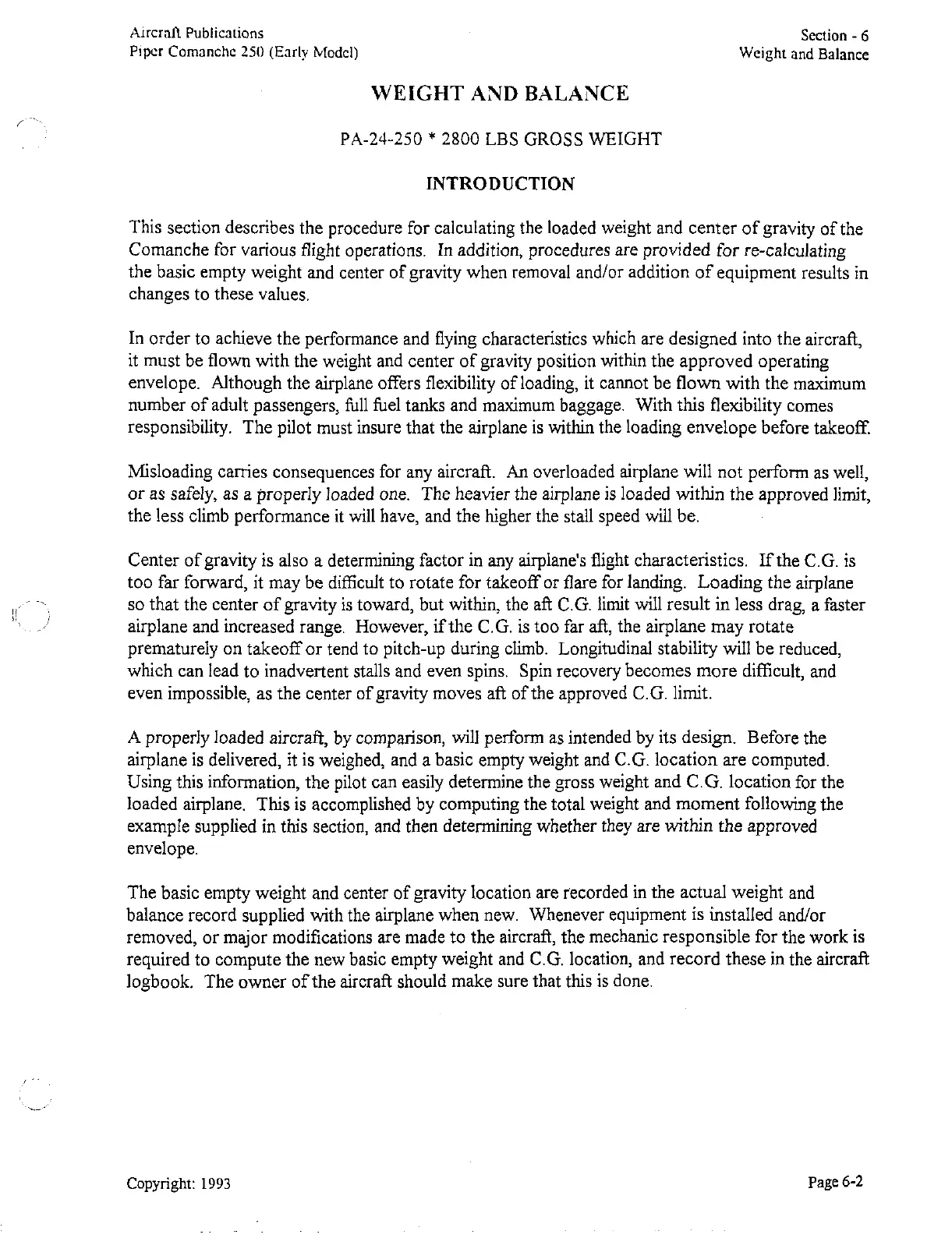